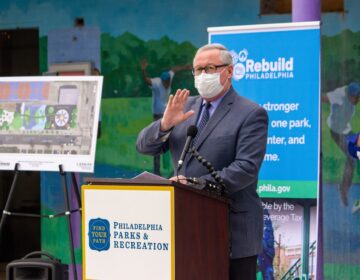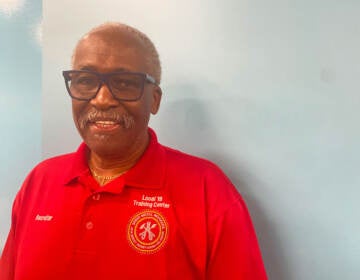Philadelphia’s architecture industry needs to fix its diversity problems
RevitGods, Inc. CEO Uchenna Okere shares his personal experience in the architecture industry and how the field can bring in more women and people of color.
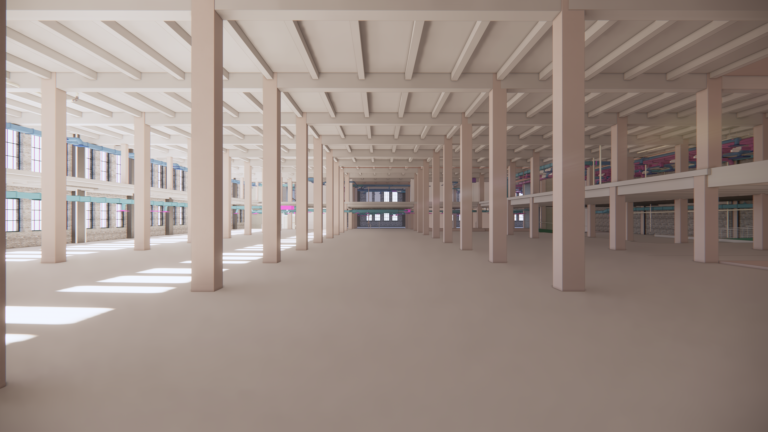
Rendering produced by RevitGods of the existing second-floor space of the former Philadelphia Inquirer Building. Now the Philadelphia Public Services Building. (Courtesy of RevitGods Inc.)
The field of architecture is in trouble.
In the U.S., building owners are becoming more racially and ethnically diverse and require more women and people of color to work on their projects, but currently, the architecture industry is 90% white, and 79% of architects are men. The Census predicts that by 2045, white people will become the minority in the United States, which will cause massive shifts in property ownership over the next 25 years.
In America, it has always been challenging to become an architect if you don’t come from a community with architects or have access to programs that can teach you about the industry at a young age. Unlike most professions, architecture is a career that you have to pick by your junior year of high school in order to get into an accredited university by your freshman year of college.
As an American-born Nigerian who was raised in the more urban section of Jersey City, New Jersey, I was rejected from almost every architecture program I applied to. I went to one of the top public schools in New Jersey and did not decide to study architecture until I was a high school senior. I originally wanted to go to college for fine arts and even took intense Saturday courses at Cooper Union to build a portfolio. However, my parents felt that fine art would not be financially lucrative and instead wanted me to go into medicine or engineering. I chose architecture because it was the best compromise between the two. Unfortunately, my parents did not have the money to send me to a Saturday program in architecture — there was also no mentorship or resources at my school to help me get into a top university.
I eventually decided to go to Temple University as an undeclared major and worked to reapply into their architecture school the following year, but was rejected from their program for a second time.
It wasn’t until my brother and I walked into the Dean’s office to plead for acceptance, when I was finally let in and informed that I would be the only Black male in my class. At the time, I had no idea that architecture lacked diversity and that my journey to become an architect would be such a rough uphill climb just due to where I was from and who I was.
A recent study by the National Council of Architectural Registration Board (NCARB) reported that in 2020 “less than 1 in 5 new architects identify as a racial or ethnic minority.” In the last ten years, there has been almost no growth in diversity, outside of a slight increase in Latinos and Asians, with no growth among Black or African American individuals in the profession at any career stage.
This information indicates that the industry has a far way to go.
Despite the architecture industry lagging behind, government and private agencies have made significant strides in ensuring that Women and/or Minority Business Enterprises (W/MBE’s) are awarded higher percentages of construction projects.
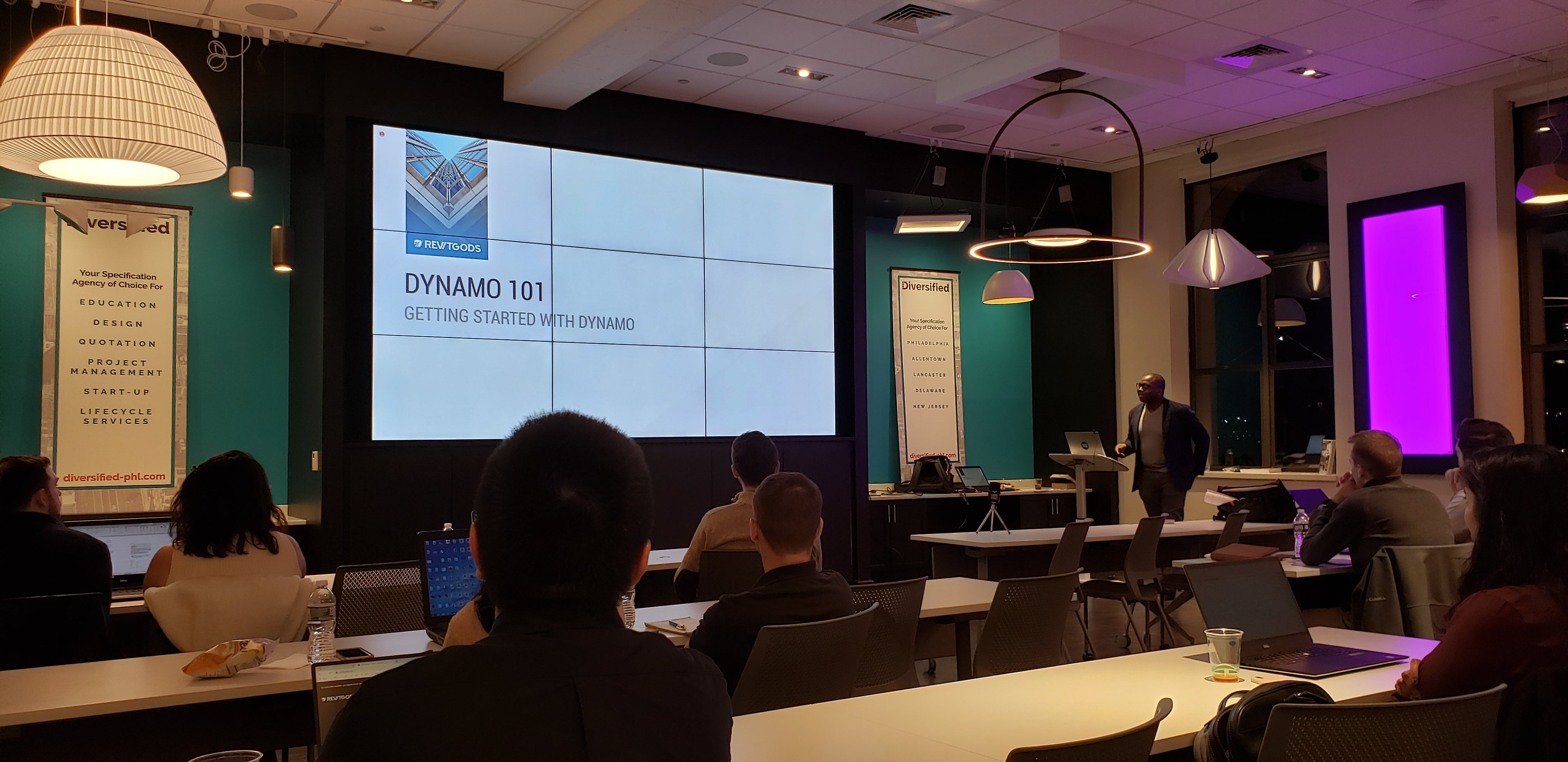
When Philadelphia released the RFP for the Philadelphia Public Services Building, the city required a little under half of the project budget to be awarded to W/MBE firms. However, the prime contractor who won the project struggled to meet this requirement because of the lack of qualified firms in Philadelphia. My company, RevitGods, was able to earn a small slice of this contract because we were able to resolve a significant technical issue that was delaying construction.
Even though there is a lack of women and people of color in architecture, they exist in abundance within other non-architecture roles that could be brought in to help firms remain competitive within an industry they’re slowly being squeezed out of. Positions such as technical writers, coders, data engineers, digital project managers, animators, and 3D generalists could be included in the building design process and help firms immediately boost diversity while increasing long-term income potential.
One of the best firms at bringing in a mix of diverse talent from various backgrounds has always been Gensler. Every year Gensler hosts scholarship competitions for architecture students from diverse backgrounds to give them the opportunity to earn money and an internship at one of their offices. When I was in school, I became a finalist in one of their competitions, which landed me an internship at their office in Morristown, N.J. There, I was able to learn Revit, an architecture design software, and shadow their project managers on client meetings and presentations. I saw firsthand how Gensler used architecture as a tool to help companies thrive within their respective industries. That experience eventually led me to start a consulting firm called RevitGods, where I could use design technology as a tool to lower the barrier of entry into the building design industry.
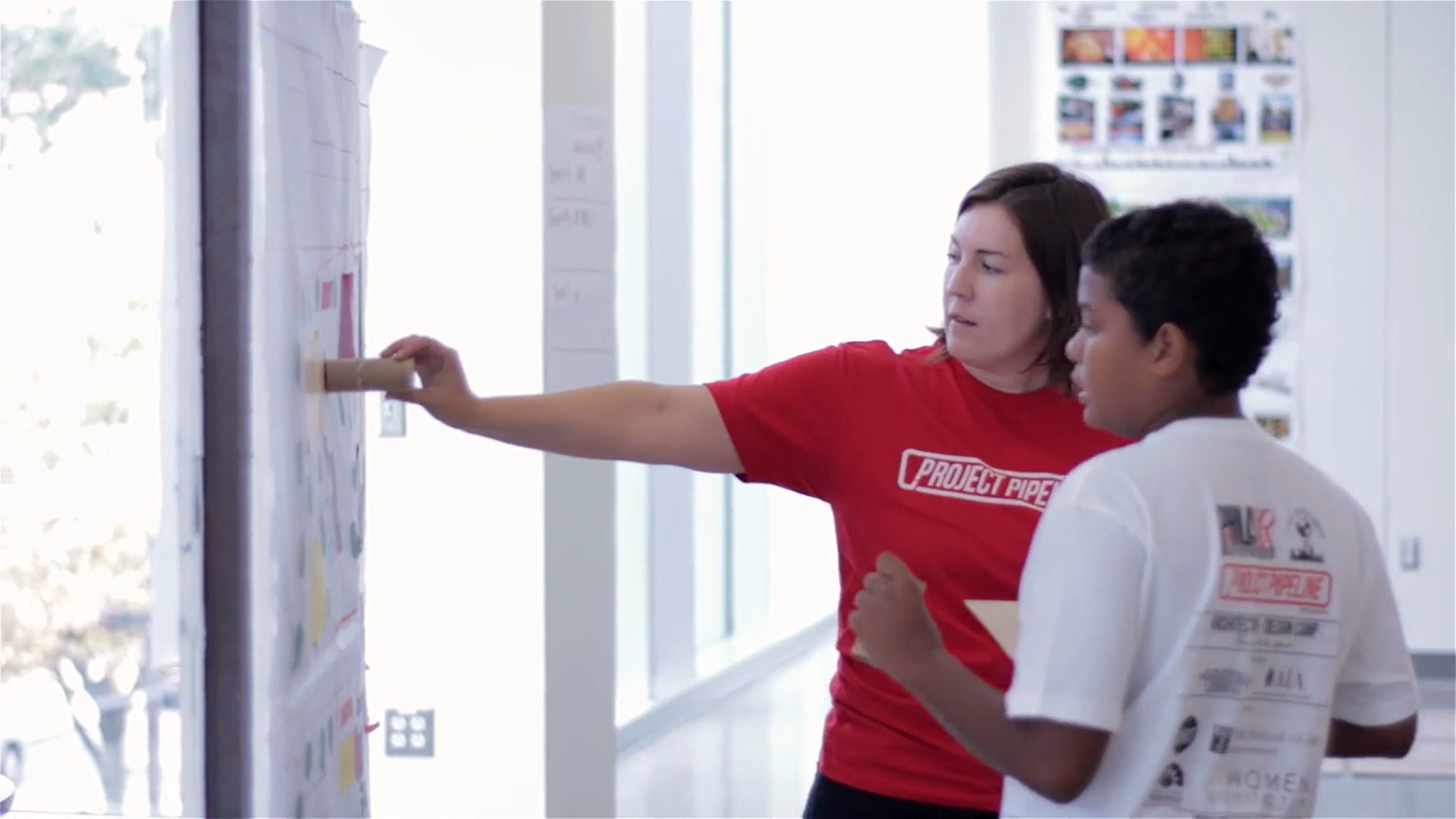
If architects worked on helping middle and high school students of all backgrounds understand what an architect does, how to become an architect, and the admission requirements of getting into a university architectural program, the industry would transcend just by the introduction of new ideas and perspectives. As stated in a 2016 AIA Executive Summary, industry professionals would need to increase their outreach to K-12 students of color through school curricula, extracurricular clubs, and weekend or summer programs.
If the field of architecture successfully became more diverse, buildings would finally reflect people’s backgrounds and cultures that live within this country.
Uchenna Okere is the founder and CEO of RevitGods Inc, an architectural technology consulting firm based out of Philadelphia.

Subscribe to PlanPhilly
WHYY is your source for fact-based, in-depth journalism and information. As a nonprofit organization, we rely on financial support from readers like you. Please give today.



